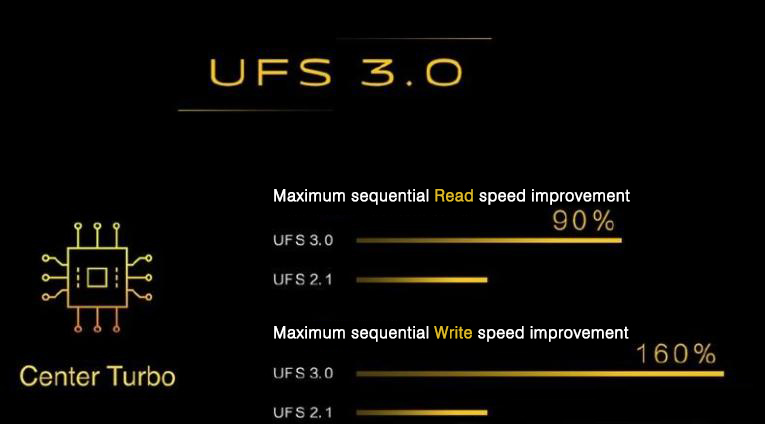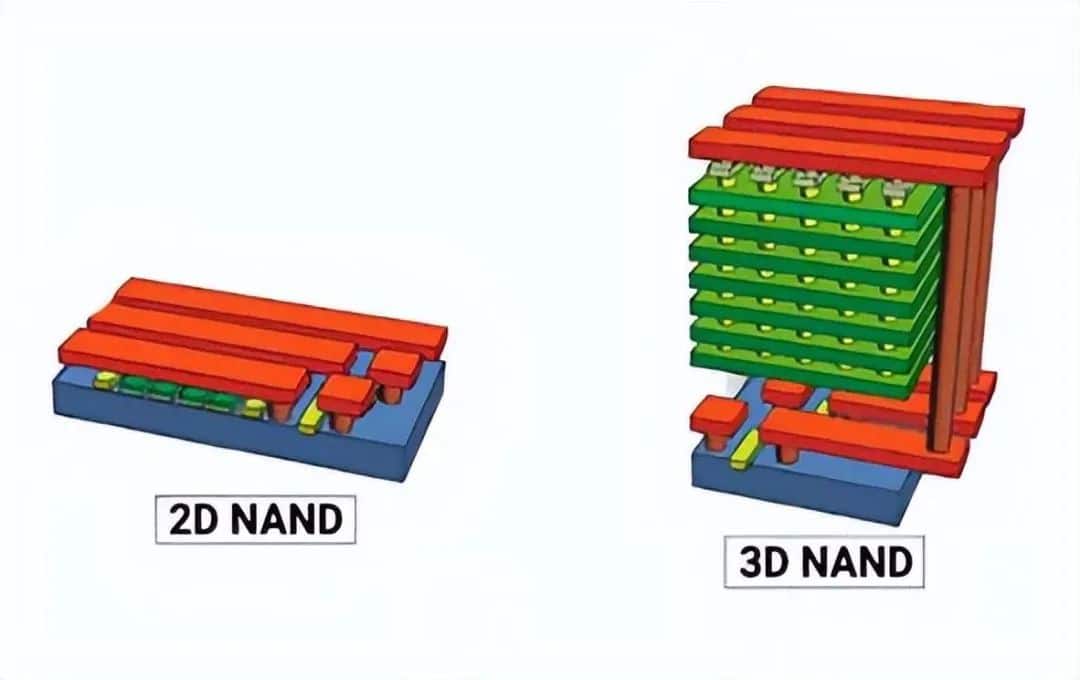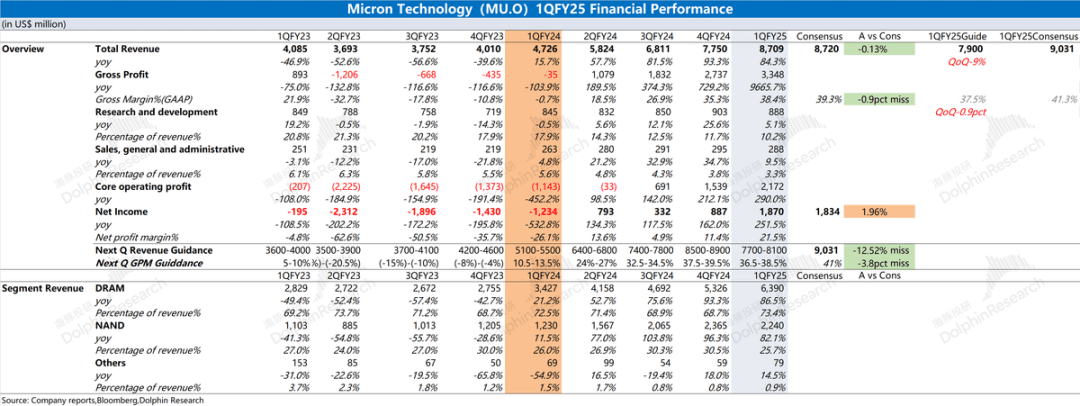Latest Posts
What does the difference between flash UFS 3.1 and 2.1?
Flash UFS 2.1 has been replaced by the flash UFS 3.1. On the other hand, performance and power consumption vary greatly. We’ll go into detail about the next two points.

1.Difference in performance
UFS 2.1 has made a few minor adjustments to the UFS 2.0 standard. The major goal is to increase storage security, including the hard encryption feature on the CPU side. The sequential read performance in the real test was around 500 MBps, and the dual channel can go up to 800 MBps in terms of interface speed. The speed for random reads is approximately 120MBps, and dual-channel can go as fast as 170MBps.
UFS 3.1, a significant update based on the UFS 2.1 standard, has significantly increased speed. In the actual test, its sequential read rates were 1.48 GBps, but the dual channel could reach 2.9 GBps, which is roughly three times as fast as the 2.1 version. Its random read performance is approximately 150MBps, and the dual channel can achieve 220MBps, similar to version 2.1.

2.Power consumption difference between UFS 3.1 and 2.1
In terms of power consumption, UFS 3.1 uses a new NAND memory. The chip’s power supply voltage is substantially lower than UFS 2.1’s.
● The flash chip’s VCC power supply has been lowered from 2.9V to 2.5V.
● The main control’s power source VCCQ is dropped from 1.8V to 1.2V.
With the interface voltage reduced, the power consumption is directly reduced in the case of the same current. At the same time, lowering chip power consumption lowers the chip’s ability to generate heat, and lowering heat generation indirectly lowers power consumption. In actual test, the following was achived:
● Compared to UFS2.1, UFS3.1 sequential read power consumption per GB is 60%
● When compared to UFS2.1, UFS3.1 sequential write power consumption per GB is 48% lower.

















Leave a comment